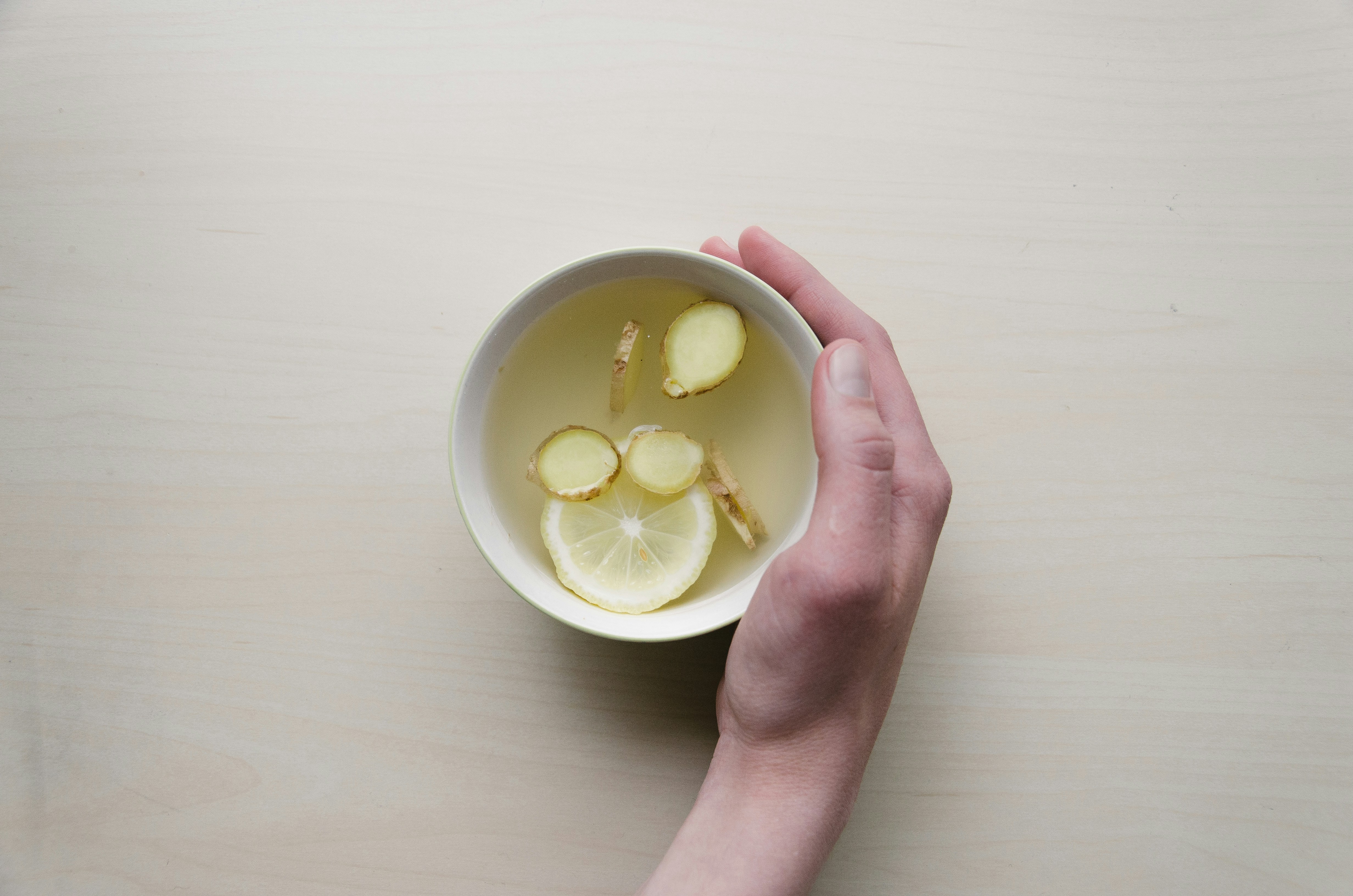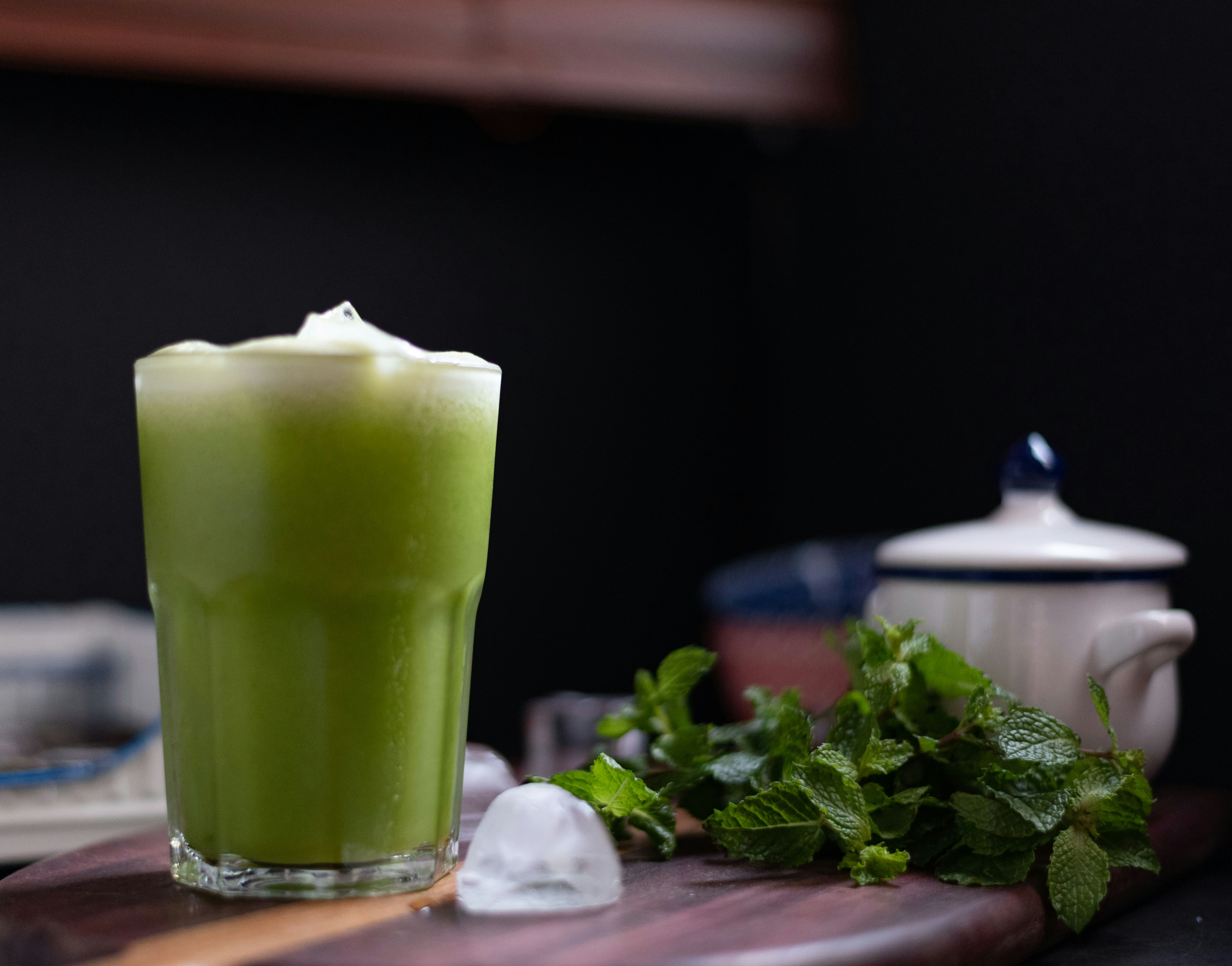Have you ever felt overwhelmed by the choices of what to eat and how it affects your body? You’re not alone. The conversation around diet and health is constantly evolving, and sometimes it can feel like a labyrinth of information. If you’ve heard about oxalates and their potential impact on health, you might be curious about how to create a low-oxalate detox week that feels manageable. Let’s break it down together.
Understanding Oxalates
Before we jump into planning your week, it’s important to understand what oxalates are. Oxalates are naturally occurring compounds found in many foods. While some oxalates are harmless, consuming too much can lead to health concerns, particularly for those prone to kidney stones. You might be wondering where they pop up in your diet.
Why Consider a Low-Oxalate Diet?
You may have heard that a low-oxalate diet can help mitigate issues like kidney stones, digestive troubles, or autoimmune responses. If you experience symptoms related to oxalate sensitivity, or if you’ve been advised to limit oxalates by a healthcare professional, this week-long detox is aimed at your needs.
Planning Your Low-Oxalate Week
What does planning a detox week mean? It’s about preparing your mind and body for a shift. The ultimate goal is to give your system a break while exploring new foods that align with a low-oxalate lifestyle.
The Essentials of a Low-Oxalate Diet
The foods you choose during this detox are crucial. Let’s categorize them for you:
Low-Oxalate Foods
- Fruits: Bananas, blueberries, strawberries
- Vegetables: Cauliflower, mushrooms, zucchini
- Proteins: Chicken, beef, fish, eggs
- Grains: White rice, quinoa, and oats
- Dairy: Milk, butter, cream
High-Oxalate Foods to Avoid
- Vegetables: Spinach, rhubarb, beet greens
- Nuts: Almonds, cashews, peanuts
- Grains: Wheat bran, whole wheat products
- Fruits: Blackberries, kiwi, figs
- Legumes: Soybeans, lentils, and peanuts
This list will serve you as a quick reference to make your shopping and meal prep smoother.
Grocery Shopping
Now that you have a handle on what to eat, let’s talk about shopping.
Creating Your Shopping List
You’ll want to gather all the essential ingredients for your low-oxalate meals. Here’s a sample shopping list to get you started:
| Category | Items |
|---|---|
| Fruits | Bananas, strawberries, blueberries |
| Vegetables | Cauliflower, zucchini, mushrooms |
| Proteins | Chicken breasts, beef, eggs, fish |
| Grains | White rice, quinoa, oats |
| Dairy | Whole milk, butter, cream |
You can print this list or keep it on your phone to make shopping easier.
Tips for Grocery Shopping
When you head to the supermarket, consider shopping the perimeter of the store first. Fresh produce, meats, and dairy are usually found around the edges, while processed foods lurk in the middle aisles. Reading labels is key—stay vigilant about hidden oxalates.
Meal Planning
What you eat each day can make or break your detox experience. Meal prep saves time and helps you stick to your plan.
Sample Meal Plan for a Low-Oxalate Week
Here’s a simple meal plan to guide you through:
| Day | Breakfast | Lunch | Dinner | Snacks |
|---|---|---|---|---|
| Monday | Oatmeal with milk | Grilled chicken salad | Baked fish with rice | Bananas |
| Tuesday | Scrambled eggs | Quinoa salad | Zucchini stir-fry with beef | Strawberries |
| Wednesday | Smoothie with blueberries | Cauliflower soup | Roasted chicken with veggies | Yogurt |
| Thursday | Rice cakes with cream | Turkey wrap (lettuce) | Grilled shrimp with asparagus | Cucumber sticks |
| Friday | Omelet with mushrooms | Chicken and rice | Beef tacos on corn tortillas | Apple slices |
| Saturday | Oat pancakes with syrup | Lentil soup | Pork chops with broccoli | Hard-boiled eggs |
| Sunday | Banana smoothie | Quinoa and vegetable bowl | Steamed fish with green beans | Cheese cubes |
Cooking Tips
Batch cooking can be a lifesaver. You could prepare portions of quinoa or a big batch of chicken to use throughout the week. Consider packing your lunches in advance too; it helps avoid temptation and keeps you on track.

Staying Hydrated
You may be surprised at how much hydration impacts your detox week.
The Importance of Water
Staying hydrated is essential to flushing out oxalates from your system. Aim for at least eight 8-ounce glasses of water daily, but if you’re active, you might need more. Herbal teas and broths can also keep you hydrated and add some flavor to your routine without increasing oxalate levels.
Mindfulness During Your Detox Week
It’s not just about the food—mindfulness plays a role in any detox process.
Listening to Your Body
Throughout the week, pay attention to how your body feels. Are you more energized? Does anything feel off? Mindful eating means savoring each bite and appreciating the meals you’ve prepared.
Journaling Your Experience
Consider keeping a journal to track your meals, feelings, and any physical changes. Reflecting on your experience can provide valuable insights and help you better understand your relationship with food.
Flexibility is Key
Life happens, and it’s important to remain flexible during your detox week.
Handling Temptations
What do you do if you’re faced with high-oxalate foods? Don’t beat yourself up. It’s perfectly okay if you stray from your plan occasionally. The key is to return to your low-oxalate meals as soon as possible.
Preparing for Social Situations
If you have a social event planned, talk to the host about your dietary restrictions. You can offer to bring a dish that fits your needs, or simply focus on sides and salads that align with your low-oxalate goals.
Conclusion: Reflecting on Your Week
At the end of your low-oxalate detox week, take a moment to reflect.
Looking Back
How did you feel physically, mentally, and emotionally throughout the week? Did you enjoy the meals? Were there challenges you didn’t anticipate? Taking stock allows you to learn and grow as you navigate your dietary journey.
Moving Forward
Once the week is over, you might decide to continue with a low-oxalate diet, or perhaps you’ll find a balance that works for you. It’s all about what leaves you feeling your best. Remember, the journey to wellness can be a vibrant and colorful experience, one meal at a time.
Making room for a low-oxalate detox week doesn’t have to be a daunting task. With the right knowledge, preparation, and mindset, you can navigate this process and discover new flavors along the way. Remember, it’s all about how you nourish your body, mind, and spirit—one week at a time.




